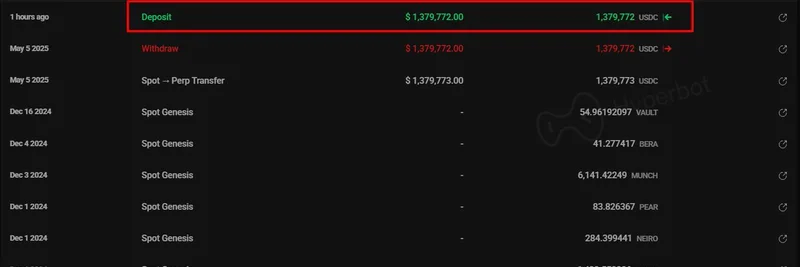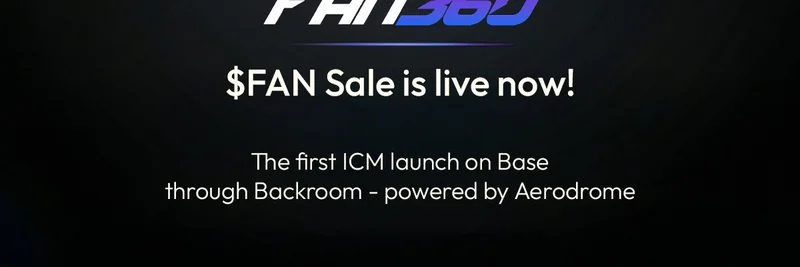Hey there, meme coin enthusiasts and blockchain buffs! If you’ve been keeping an eye on the decentralized finance (DeFi) space, you’ve probably noticed how fast things are moving. One exciting development that’s been buzzing lately is the evolution of liquidity provider (LP) technology, and a tweet from MetEngine caught our attention. They highlighted a thread by Mad Kaushik that dives deep into something called Fusion AMM. Let’s break it down together and see what this could mean for the future of DeFi—and maybe even meme tokens!
What’s All the Fuss About Fusion AMM?
Fusion AMM is a shiny new tool in the DeFi toolbox, blending two cool concepts: concentrated liquidity market makers (CLMM) and limit order books. If you’re new to this, don’t worry—let’s simplify it. A traditional automated market maker (AMM) spreads liquidity across all price levels, which can be inefficient. CLMM, on the other hand, lets liquidity providers (LPs) focus their funds in specific price ranges, earning more fees when trades happen within those ranges. Fusion AMM takes it a step further by adding limit orders—think of them as set-it-and-forget-it sell or buy instructions at a specific price.
The tweet from MetEngine points to a thread that kicks off with a retro-style image introducing Fusion AMM, like a vintage ad for a groundbreaking tech. Check it out:
This visual sets the stage for a detailed explanation, and it’s clear this is a topic gaining traction!
How Does Fusion AMM Work?
So, how does this hybrid system operate? The thread explains it step by step, and here’s the gist:
- Ticks and Tick Arrays: Imagine ticks as tiny price steps—like rungs on a ladder. Liquidity gets parked at these ticks, and a tick array groups them into a range (say, 88 ticks). This helps LPs manage their funds more precisely.
- Basis Points (BPS): This is just a fancy way to measure price range gaps. For example, 100 BPS means a 1% jump to the next range, giving LPs control over their strategy.
- Tick Spacing: This decides how far apart those ticks are. A smaller spacing (like 5) means tighter control, while a larger one spreads things out.
The magic happens when limit orders sit on top of these ticks. For instance, if you add liquidity between $175 and $180 for SOL (Solana’s token), and someone wants to sell 50 SOL at $177, the limit order holds steady at that price until the trade’s complete. It’s like setting a trap for the perfect trade!
The thread even throws in a math nugget: the price at each tick is calculated with a formula like √p(i) = √1.0001^i. Don’t let that scare you—it’s just a way to figure out prices based on exchange rates and tick numbers. The takeaway? Fusion AMM is all about precision and efficiency.
Why Should You Care?
This evolution in LP tech could shake things up, especially for meme token traders. With platforms like DeFi Tuna mentioned in the thread, you can even leverage your LP position—up to 6x in some cases! For example, putting in 50 USDC with 1.5x leverage could double your capital and boost your profits. There’s also a “Delta Neutral” option, letting you earn fees without betting on price swings—perfect for playing it safe while still raking in rewards.
This blend of concentrated liquidity and limit orders means better capital efficiency and less slippage (that annoying price shift during trades). For meme tokens, which can be super volatile, this could mean more stable liquidity pools and better trading experiences.
The Bigger Picture
MetEngine’s tweet calls this “VERY IMPORTANT,” and it’s easy to see why. LP tech like Fusion AMM is pushing DeFi forward, making it more competitive with traditional finance. The thread ties into broader trends, like the rise of CLMMs (think Uniswap V3 or Orca Whirlpools) and decentralized limit order books, as seen in articles from Cointelegraph and DroomDroom. It’s all about giving LPs more control and potentially higher returns—music to the ears of anyone hodling meme tokens or exploring DeFi.
What’s Next for Meme Token Fans?
As Fusion AMM rolls out, keep an eye on platforms experimenting with it. The thread’s shoutout to DeFi Tuna suggests it’s already in action, and with leverage options, it could be a game-changer for maximizing gains on volatile assets like meme coins. Whether you’re an LP or a trader, understanding these tools can give you an edge in the wild world of blockchain.
So, what do you think? Ready to dive into Fusion AMM or stick with the classics? Drop your thoughts in the comments, and stay tuned to Meme Insider for more DeFi and meme token updates!


